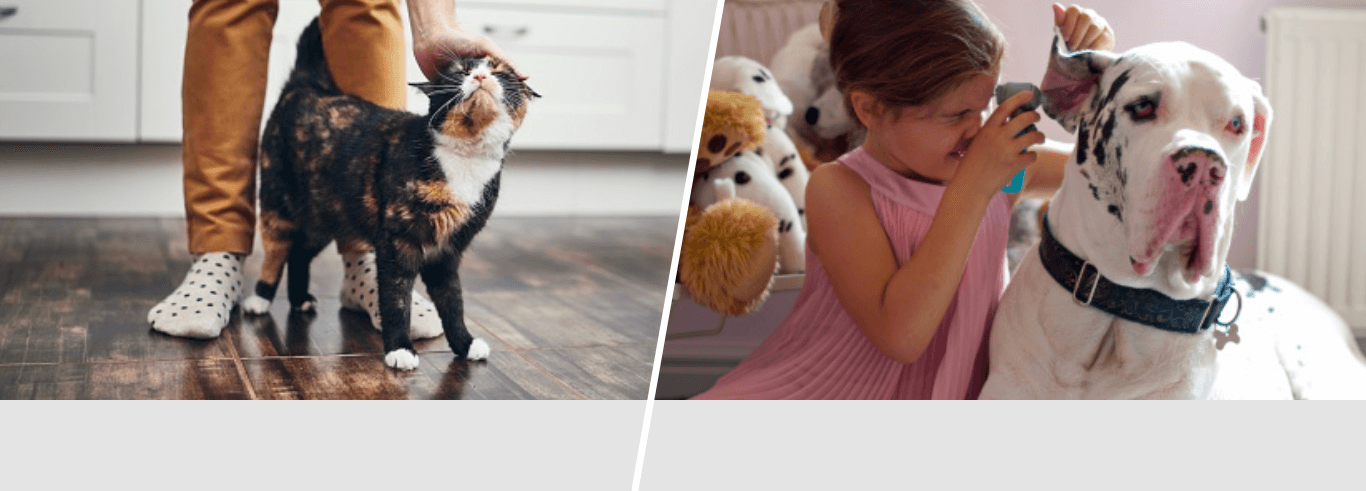What is sarcoptic mange?
If your pet’s coat seems to be in poor condition, they could be suffering from mange. There are many types of mange, but a common form is sarcoptic mange.
This is the form many people are referring to when they talk about mange. Otherwise known as canine scabies, it is a skin condition caused by parasitic mites and if it’s affecting your dog or cat. It’s vital that you understand what it is and how to treat it.
What are the symptoms of sarcoptic mange in dogs?
General symptoms of mange tend to be hair loss, bald spots, scabbing or sores.
Sarcoptic mange mites cause intense itching, causing your dog to become restless and scratch frantically. It most commonly affects a pet’s ears, elbows, face or legs. However, it can quickly spread to the entire body. This type of mange can potentially be contagious to humans, usually as a result of direct contact. Human symptoms tend to be a rash of red bumps, similar to mosquito bites.
What are the symptoms in cats?
Much more common in dogs, mange is rarely diagnosed in cats. However, if your cat is suffering from hair loss, or is appearing restless and itchy, a visit to the vet is in order.
What should I do if my pet has sarcoptic mange?
Take your pet to the vet if you suspect they have mange, they will perform a physical examination. This involves analysing skin scrapings with a microscope to confirm the presence of mange mites. As they bury deep into the skin, they can be hard to locate.
In the case of sarcoptic mange, if a vet is unable to locate the mites, blood tests can be ordered. The tests will look for antibodies against the mites.
How is sarcoptic mange treated?
Depending on the breed of your pet and the type of mange, vets may administer medication either orally or topically or by injection.
If your pet has sarcoptic mange, they require careful handling. They also may need a period with minimal contact with other pets to prevent the disease transmitting to humans or other pets. You should consult with your vet before taking this measure. They may be prescribed antiparasitic medication, as well as something to treat inflammation, itching or bacterial infections. A medicated shampoo may also be required.
It’s vital that you check with your vet before attempting to treat mange by yourself. Vets will be able to recommend the correct solution, and generally, results will be seen within a couple weeks of starting treatment.
How can I prevent a return of sarcoptic mange?
If your pet has suffered from sarcoptic mange, you’ll either need to thoroughly clean their bedding and collar or, ideally, replace both.
Cats are most likely to become infected if they are severely malnourished, or have a poor immune system. Mange is often an indication of a more severe, underlying disorder.
If your pet develops mange, it’s important to have them protected with Argos Pet Insurance provided by Pinnacle Insurance Ltd. Explore our dog insurance policies today.
 Sorry, our lines are now closed
Sorry, our lines are now closed



